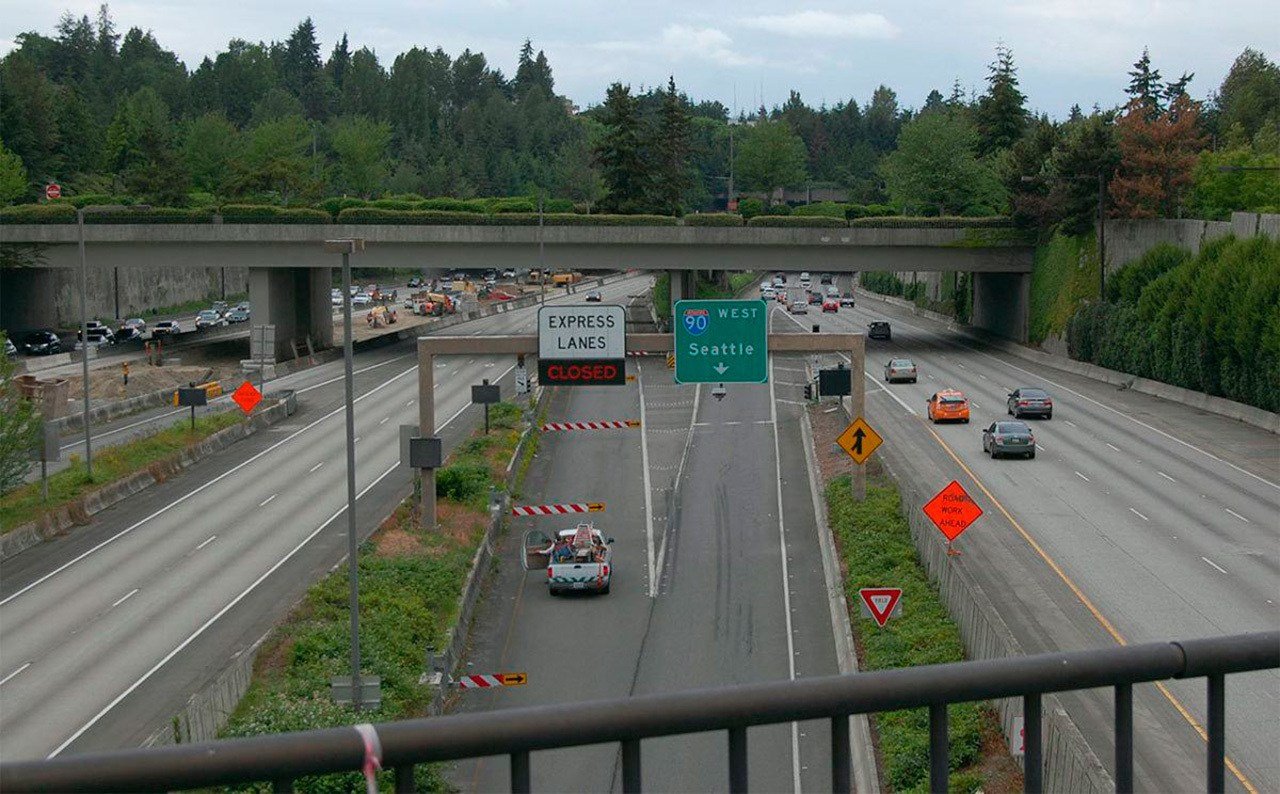It is time for the Mercer Island City Council to take bold action, working with Eastside cities, King County, Sound Transit and the rest of our state to make maximum use of the I-90 center roadways.
It’s almost too late. The center roadway is about to shut down for seven years to prepare for a single purpose use — a fixed rail system. That work should take only two years, so why not invest some time up front to develop a better set of advanced solutions, using emerging and available technology?
Our council and community can take the lead by requiring Sound Transit to conduct a new Environmental Impact Statement that evaluates new and environmentally superior alternatives that were not available just three years ago.
The current EIS is not only outdated, but omitted key impacts to Mercer Island and the Eastside.
Instead of fixed rail only, advances in technology make it possible to keep the center lanes also open to the newly purchased King County Metro electric buses by Proterra. The center lanes could also be used for flexible vanpools, car pools, ambulances and other emergency vehicles.
Instead of reaching only a few communities, zero-emission electric buses can provide access to Renton, Kent, Auburn, Woodinville, Kirkland, Newcastle and Bothell. Instead of taking until 2040 to reach Issaquah with fixed rail, they could take commuters directly into Seattle 20 years ahead of schedule and at relatively low cost.
By the time the center roadway is reopened to fixed rail, electric buses will be able to operate as “virtual trains” of electronically connected buses. Virtual trains travel in close proximity for higher throughput and reduced energy use. Mixed-used design allows fixed-rail trains and virtual trains to share common roadways and tunnels, giving us the best of both worlds.
The set of technologies that make this possible are called “ACES”:
A: Automated to drive and park themselves safely with or without a driver behind the wheel.
C: Connected electronically to traffic control systems and to each other.
E: Electric for low emissions, lower costs, higher reliability and better performance.
S: Shared buses, vanpools, ride sharing and car sharing services like Uber and BMW’s ReachNow.
Tesla and BMW already make cars that can park themselves. Self-valeting cars under computer supervision allow new commuter parking systems with significant advantages over traditional park and rides greater density because car doors don’t have to open, parking areas are located at a distance from the drop-off point and preference is given to local commuters.
ACES technology will likely emerge in phases. App-organized ride-sharing is already taking shape. Self-valeting will probably come first with private cars. Then ACES cars will be able to operate in virtual trains, travelling on computer controlled roadways.
Planning for a mix of ACES and legacy vehicles will be critical as we move into this inevitable and revolutionary age of zero-emissions transport. Let’s join our neighboring communities in overall master planning that “future-proofs” our transportation, while focusing on what will work best for Mercer Island.
That makes for “win‑win” rather than the oft-cited “us versus the region” framework. Bellevue is already way ahead of us in planning — let’s not get stuck in the past.
Steve Marshall and David Giuliani
Mercer Island



